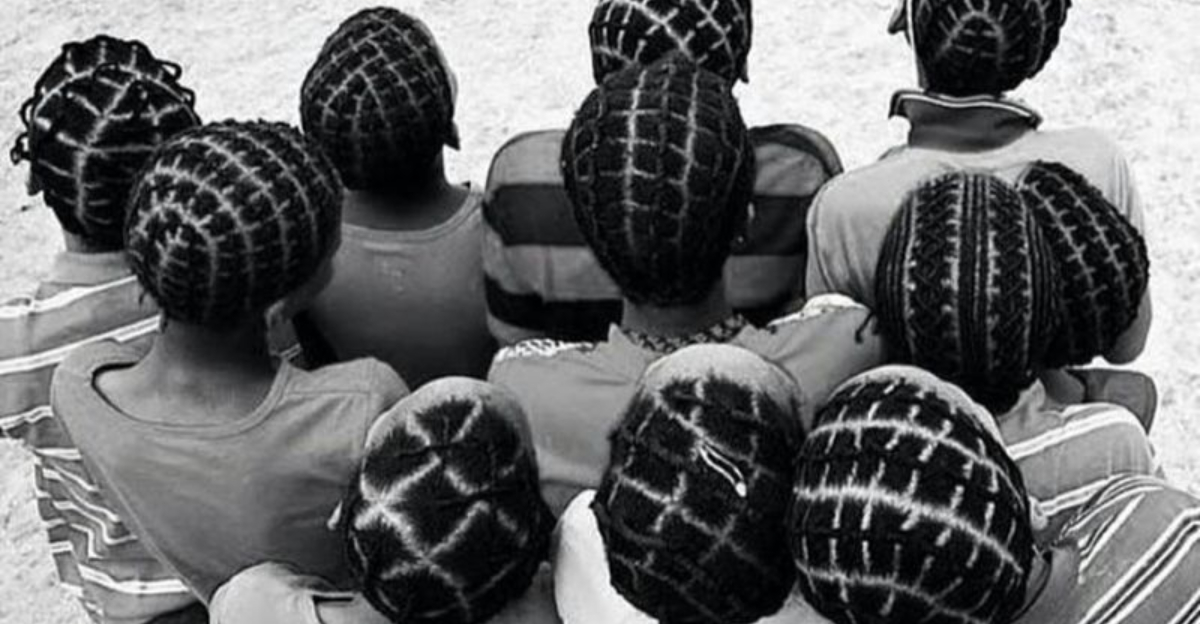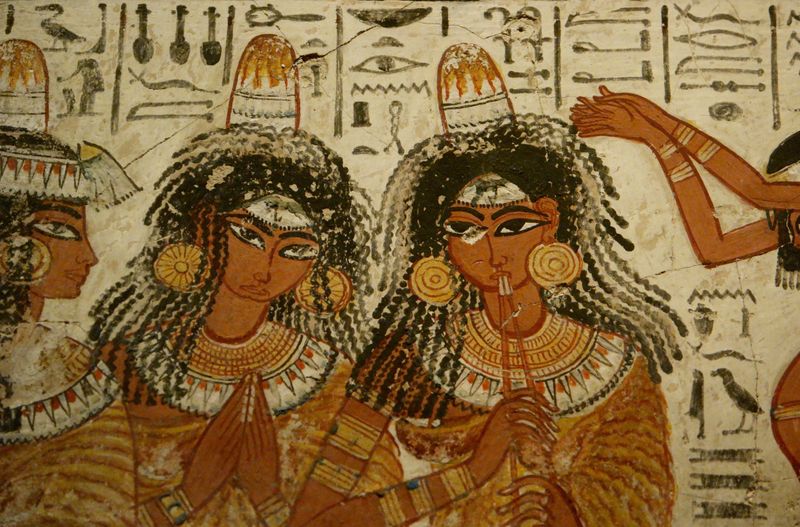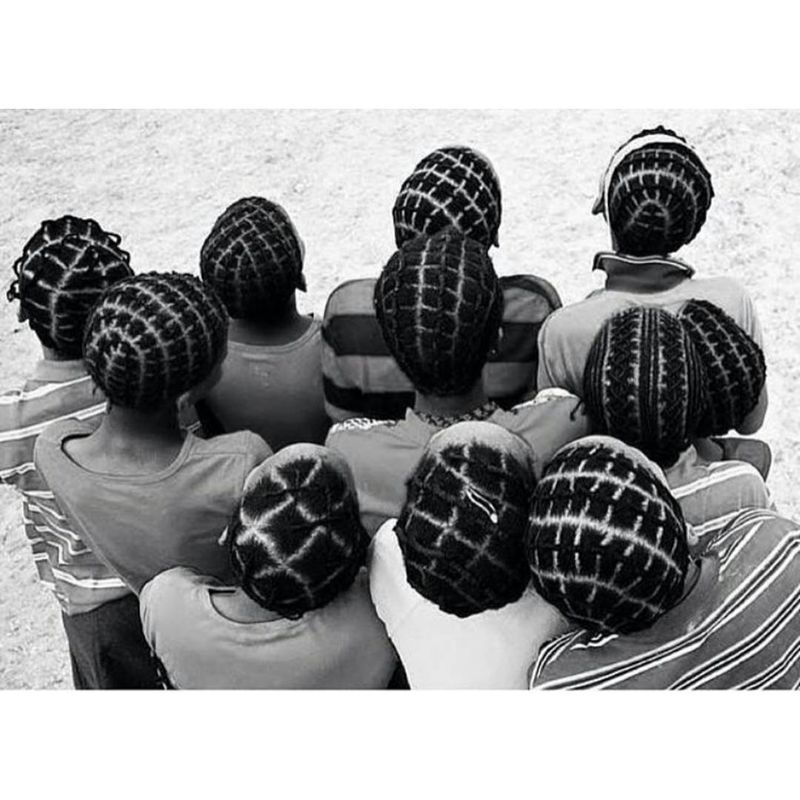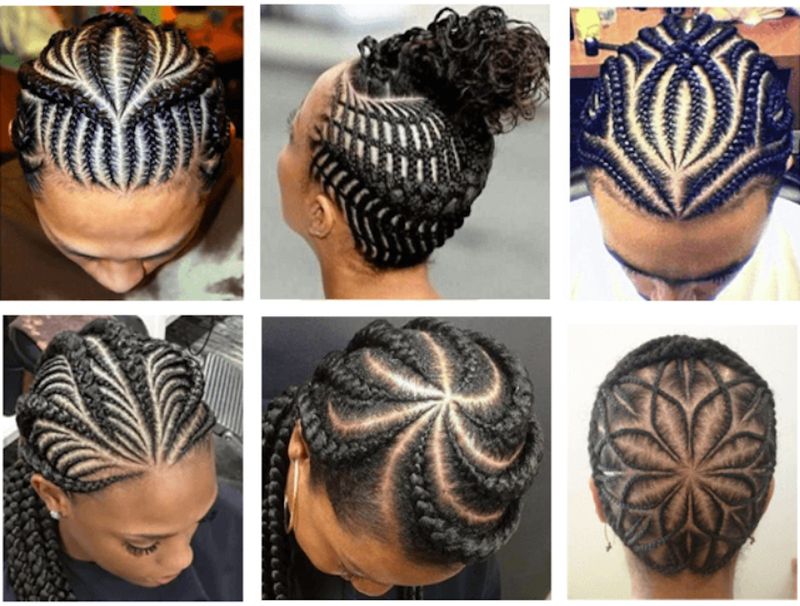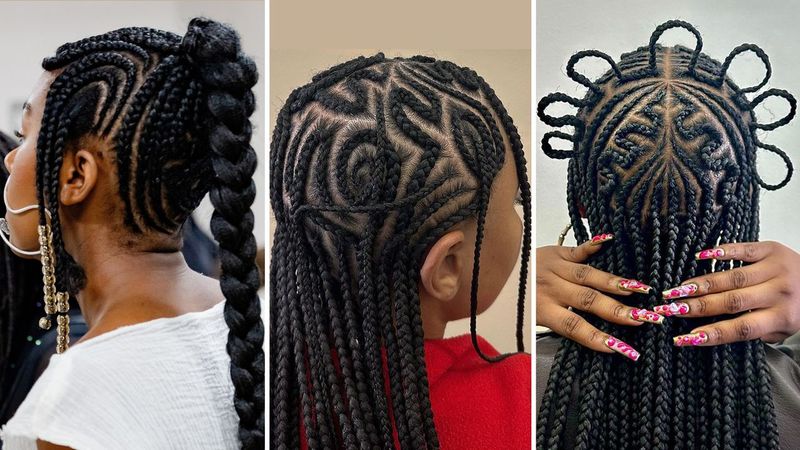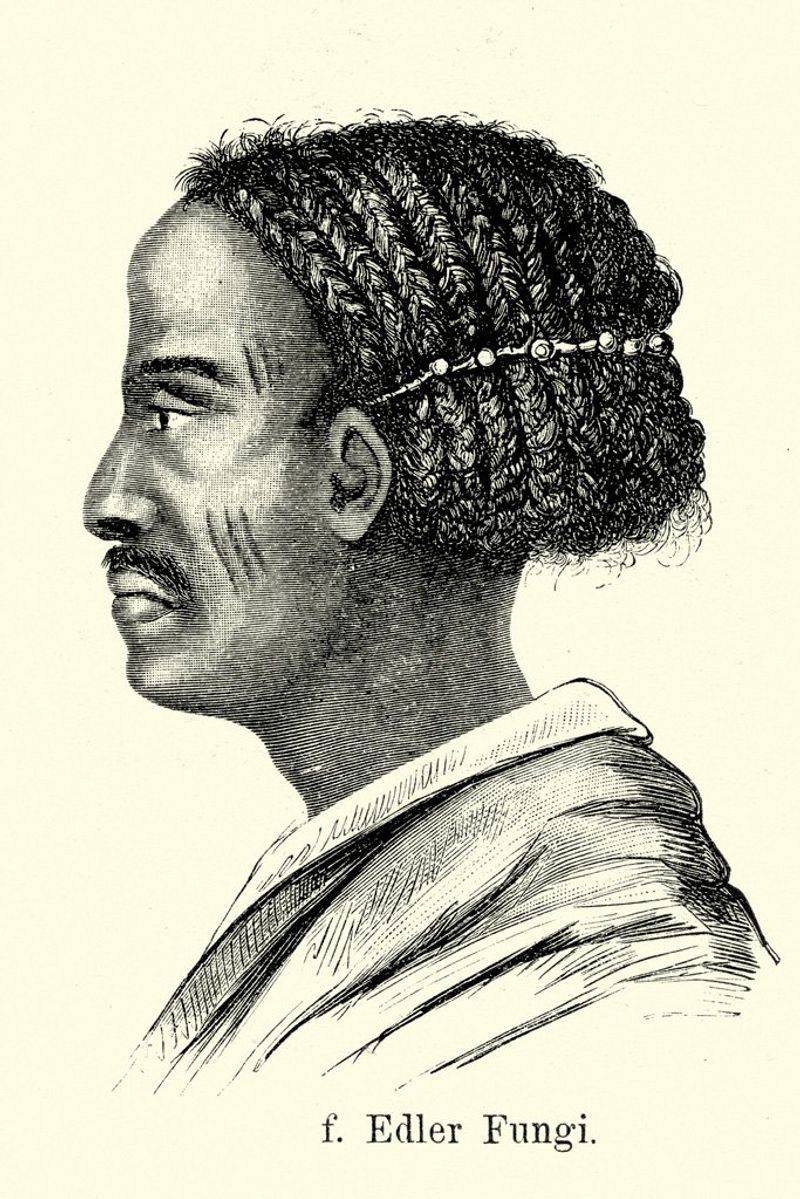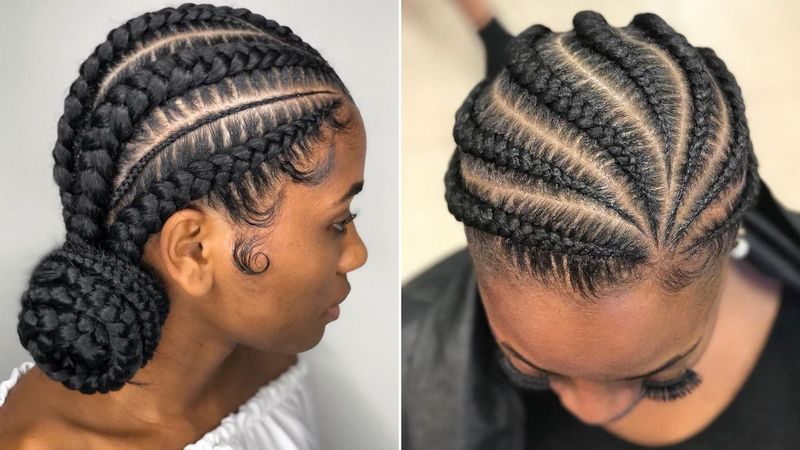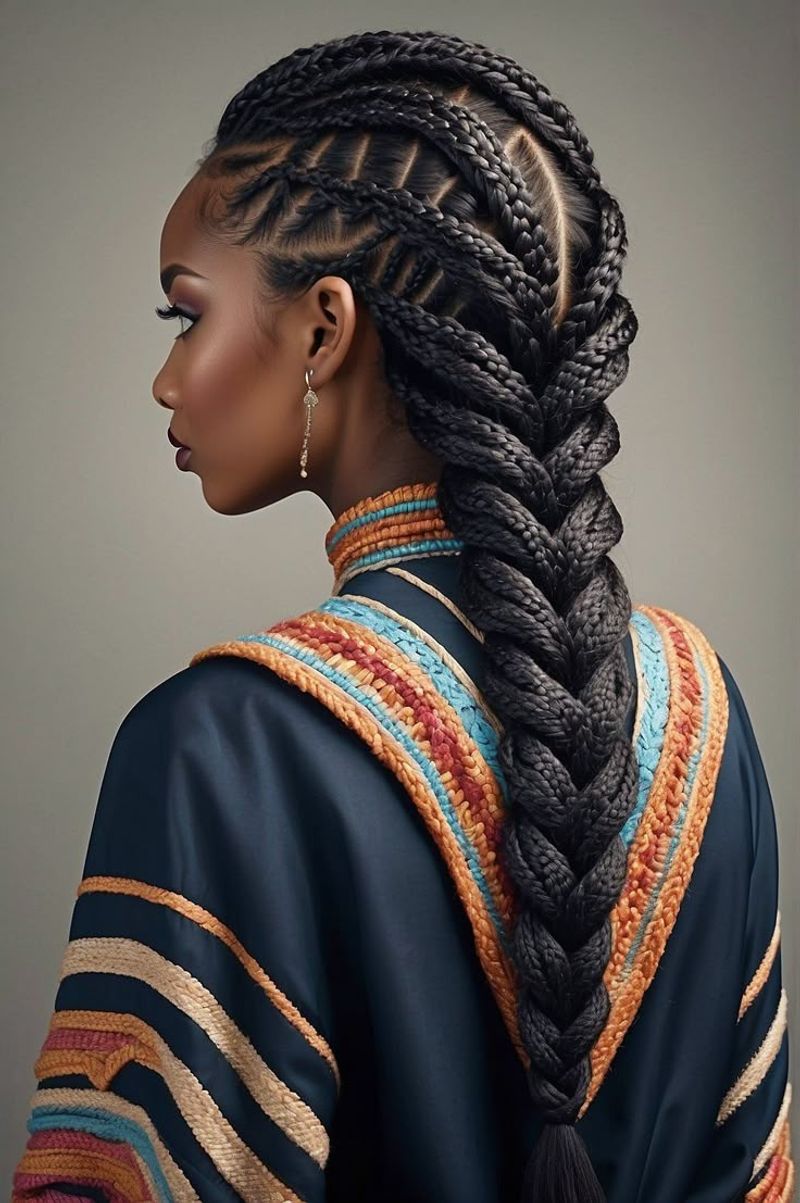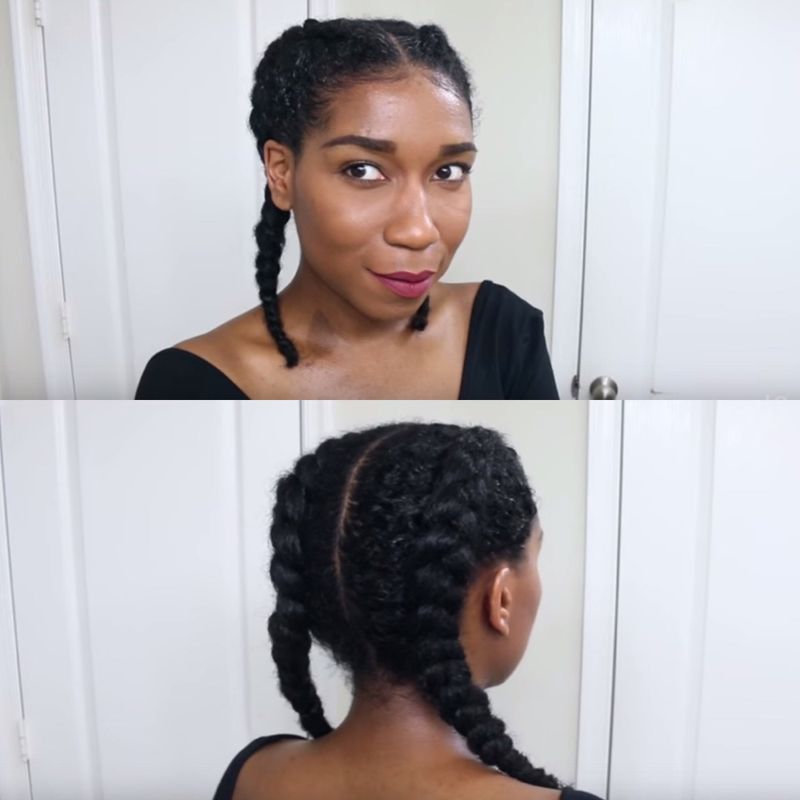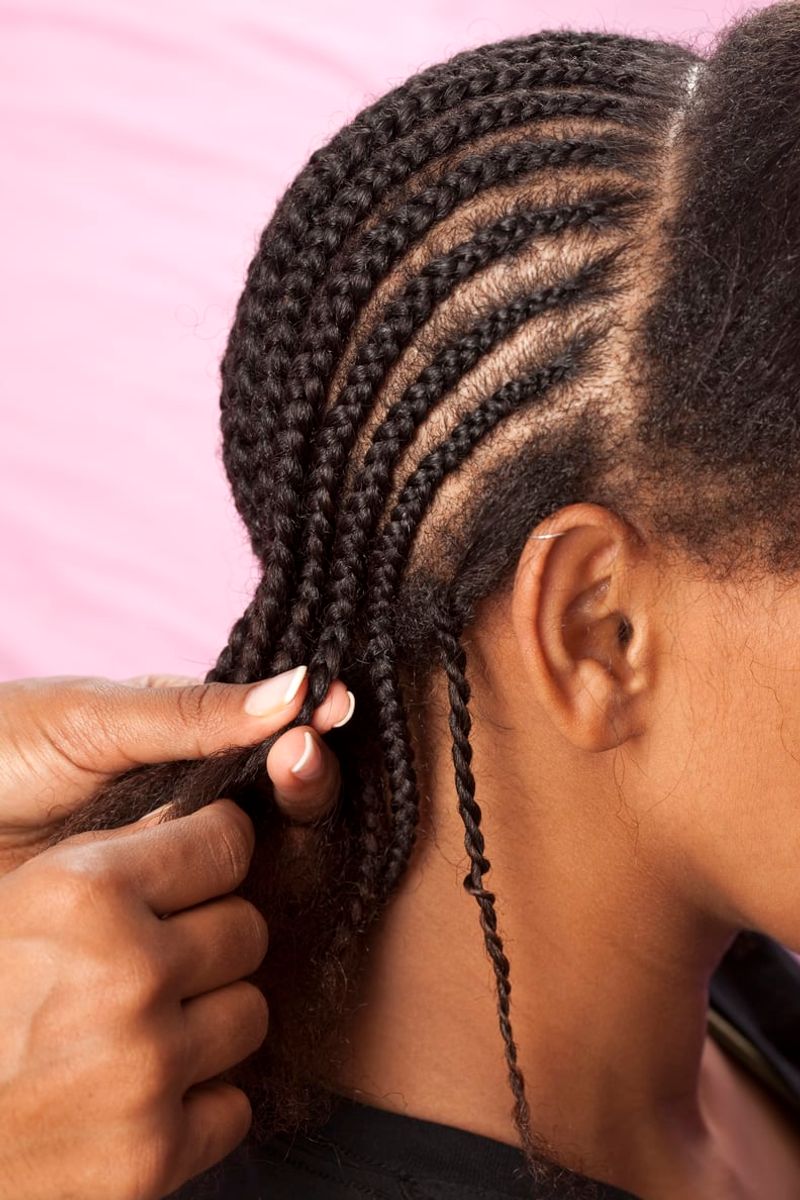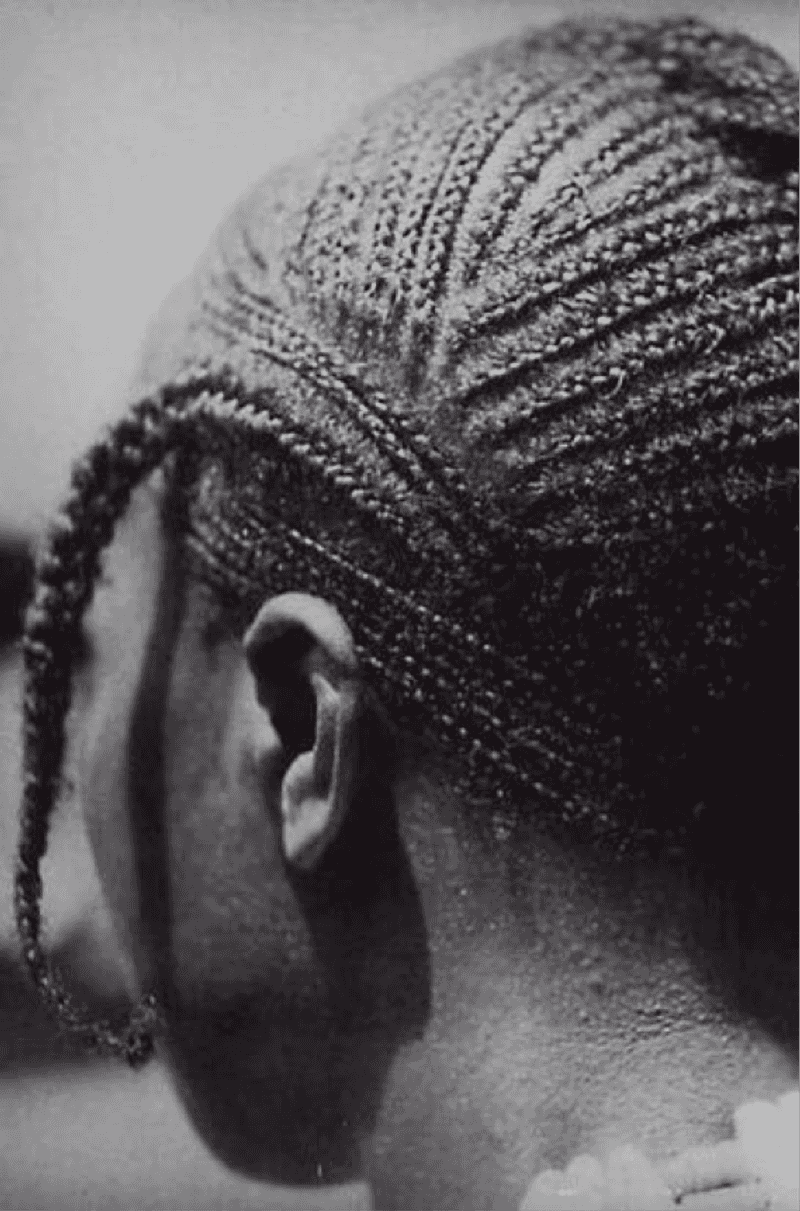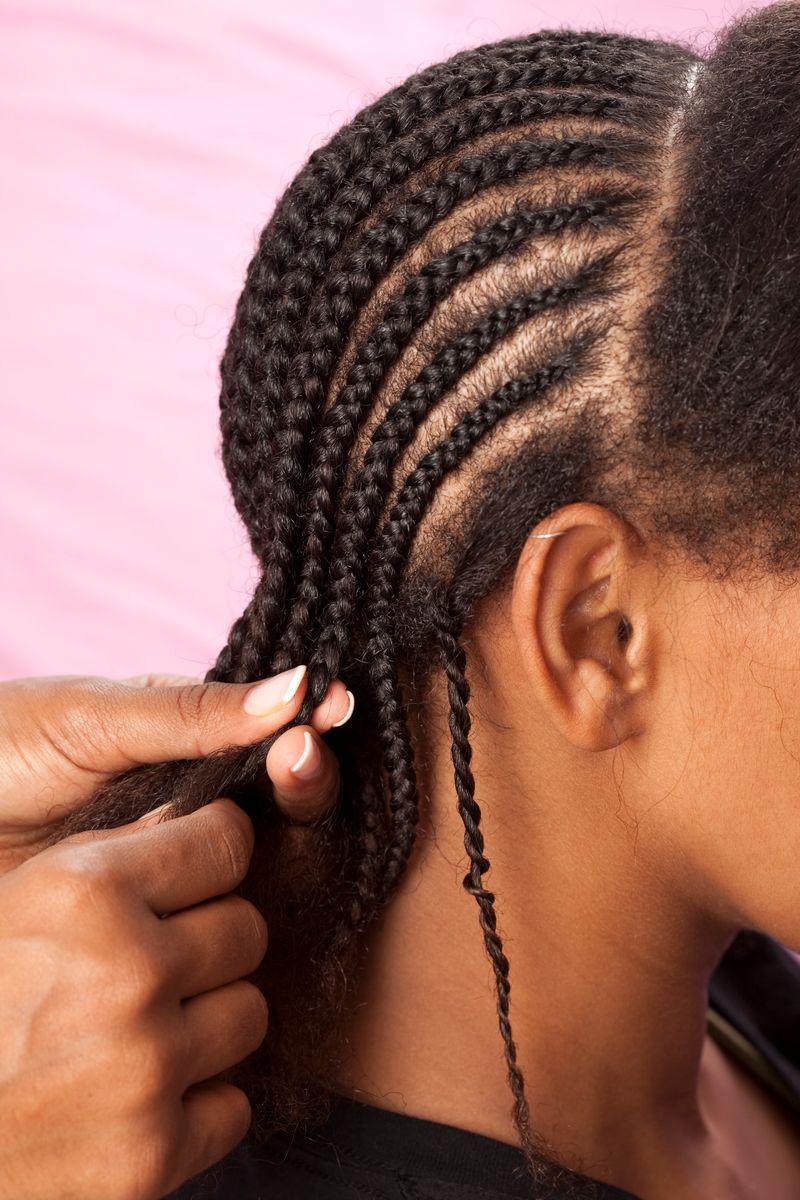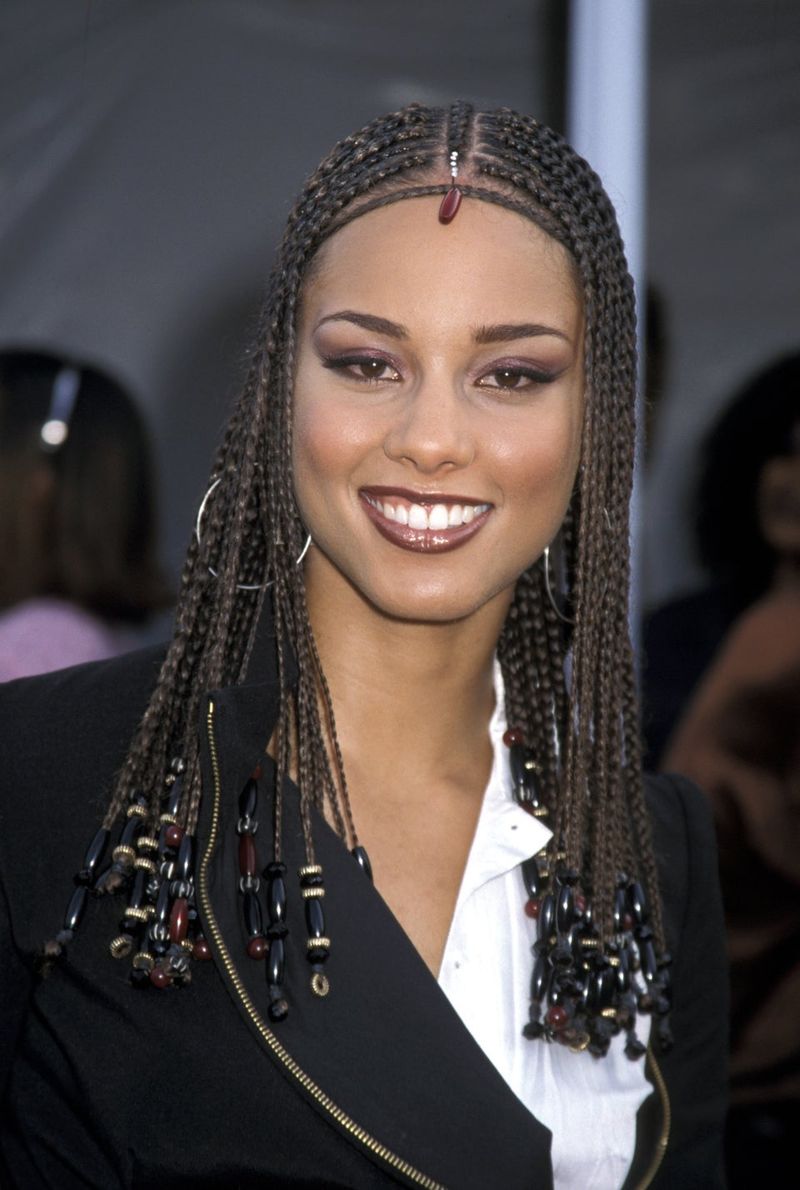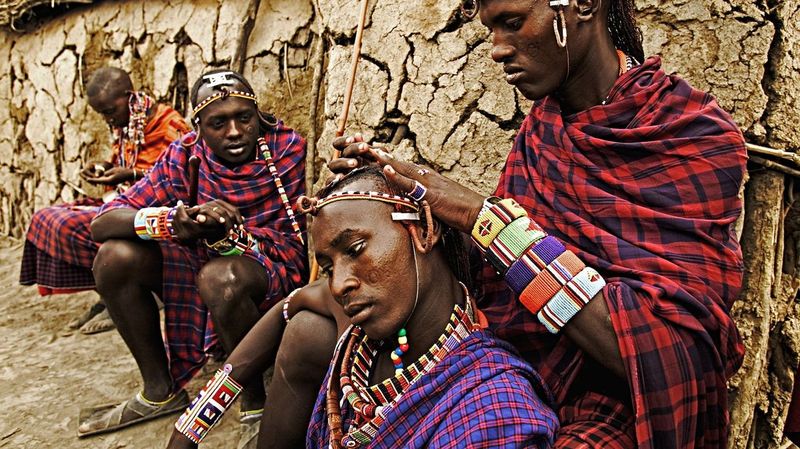Cornrows are more than just a hairstyle – they’re woven with rich history and cultural significance. These intricate braids have been adorning heads for thousands of years, crossing continents and generations.
Whether you wear cornrows yourself or simply admire them on others, there’s so much fascinating information behind these beautiful braided patterns.
1. Ancient Egyptian Origins
Cornrows date back over 3,000 years to ancient Egypt! Clay sculptures from this era clearly show figures wearing the distinctive braided style.
Related: -15 Subtle Reasons People Stop Loving Their Hair as They Get Older
Hieroglyphics and tomb paintings also depict both men and women sporting variations of cornrow designs as symbols of status and identity.
2. Cultural Protection System
Many African mothers braided escape maps into their children’s hair during slavery. These intricate patterns could contain hidden routes to freedom or other crucial information.
The practice protected vital knowledge that couldn’t be discovered by enslavers who didn’t understand the cultural significance of the designs.
3. Natural Hair Protection
Contrary to some beliefs, cornrows actually safeguard your hair! The style keeps strands tucked away from harsh environmental elements like sun, wind, and pollution.
When properly installed and maintained, cornrows minimize breakage and can help retain length during the protective styling period.
4. Mathematical Connection
Ever notice how cornrows follow geometric patterns? That’s no accident! The creation of cornrows involves complex mathematical principles including geometry and symmetry.
Some researchers study the mathematical patterns in traditional African cornrow designs as examples of algorithmic thinking that predates modern computers.
5. Regional Style Variations
From Ghana to Nigeria to Ethiopia, cornrow styles vary dramatically by region! Each area has signature patterns that can identify a person’s community, age, or even marital status.
Some traditional styles require days to complete and feature incredibly intricate designs unique to specific cultural groups.
6. Male Warrior Tradition
Warriors across various African kingdoms historically wore cornrows before battle. The tight braids kept hair secure under helmets and prevented enemies from grabbing their hair during combat.
This practical style also displayed tribal affiliation and rank through specific patterns and adornments.
7. Naming Mystery Solved
Wonder why they’re called “cornrows”? The name originated in the United States because the braided patterns resembled corn fields plowed in clean, straight rows.
In different African languages, these braids have their own names, like “irun didi” in Yoruba or “shuku” in parts of Nigeria.
8. Healing Connection
Some traditional African cultures believe certain cornrow patterns have healing properties! Specific designs were created to relieve headaches or protect against negative energies.
The gentle scalp tension from properly installed cornrows can actually provide relief for some tension headaches, giving some scientific basis to this belief.
9. Record-Breaking Braids
The Guinness World Record for the most cornrows on one head is an astounding 612 braids! Achieved in 2012, this feat took multiple stylists working together.
Imagine the patience required – both from the stylists and the person sitting through the marathon braiding session!
10. Hair Growth Booster
Cornrows can actually promote hair growth when done correctly. The style minimizes daily manipulation and reduces breakage that often prevents length retention.
Many people report significant growth after wearing cornrows as a protective style for several weeks, giving hair a break from daily styling damage.
11. Forbidden During Slavery
Enslaved Africans were often forbidden from wearing traditional cornrow styles in America. Slave owners attempted to erase cultural connections by forcing hair covering or cutting.
Despite these restrictions, the tradition persisted secretly, becoming a powerful form of resistance and cultural preservation against forced assimilation.
12. Modern Political Statement
Cornrows became a powerful political statement during the Civil Rights and Black Power movements of the 1960s-70s. Wearing natural hairstyles rejected European beauty standards imposed on Black communities.
Today, the fight continues as many states pass CROWN Act legislation protecting against hair discrimination in schools and workplaces.
13. Surprising Longevity
Well-maintained cornrows can last up to 8 weeks! The key is proper installation, regular cleansing, and nightly protection with a satin scarf or bonnet.
Many athletes and busy professionals choose cornrows for this exact reason – the style provides long-lasting, low-maintenance elegance through weeks of activities.
14. Celebrity Style Evolution
Alicia Keys helped revolutionize cornrows’ mainstream acceptance in the early 2000s with her signature beaded styles. Before her, celebrities often faced harsh criticism for wearing traditional Black hairstyles.
Today, stars from all backgrounds showcase cornrows on red carpets, helping normalize these historical styles in popular culture.
15. Spiritual Significance
In some African traditions, the act of braiding is considered spiritual. The touch of hands to head creates a connection where positive energy can be transferred from stylist to recipient.
Many still consider hair braiding a sacred bonding ritual, with knowledge passed through generations of women as a form of community care.

